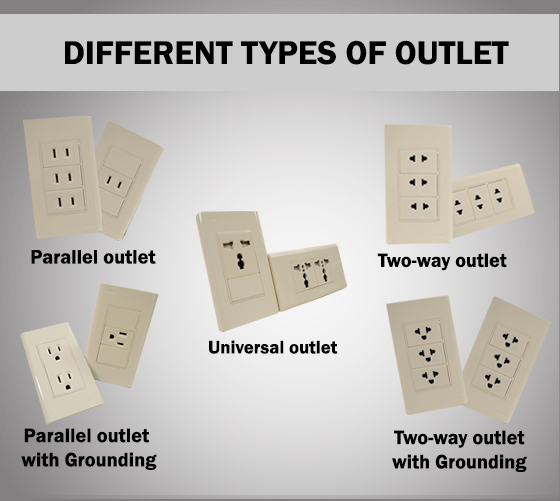
Table of Contents
Plug holes and sockets can vary throughout the world, which is why we have to purchase travel adaptors whenever we go to a different country. In fact, over 12 socket types are commonly in use in different countries today.
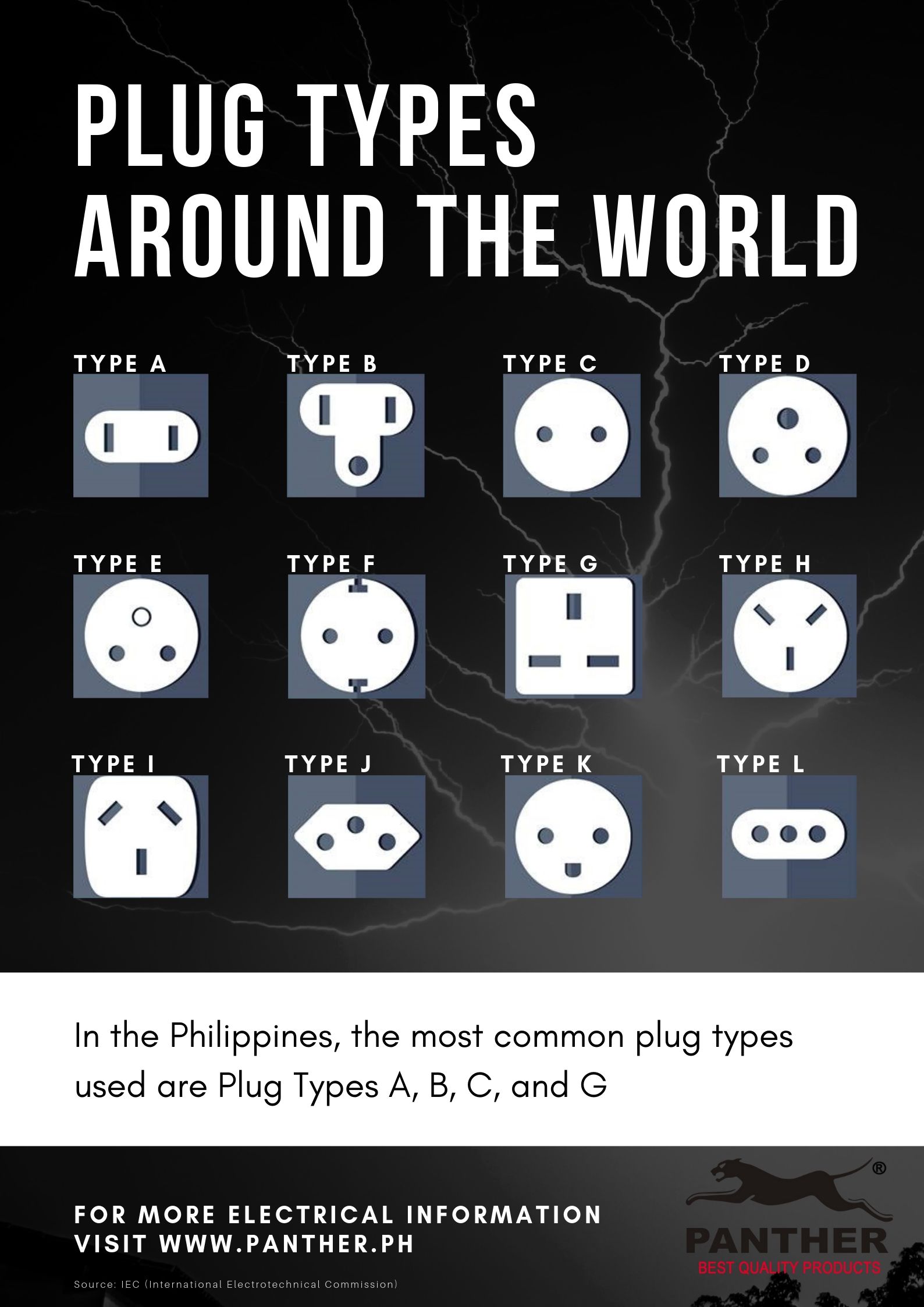
But did you know that in the Philippines, we make use of five different socket outlet types? For today, we’ll be discussing the different socket outlet types available, as well as the advantages and disadvantages of each
1. Parallel outlet
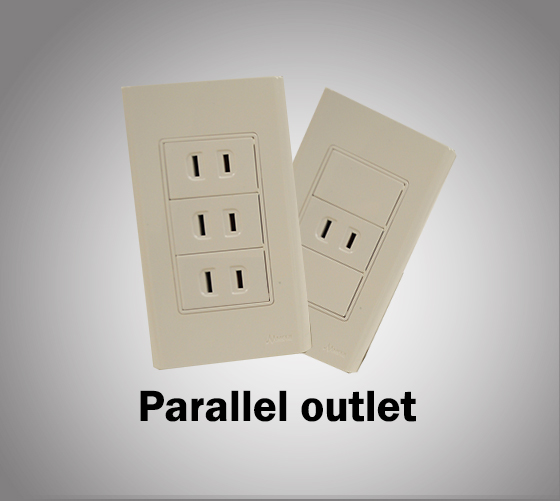
Can be used for: Type A plugs
This is the most common socket outlet used in the Philippines, and most plugs of appliances bought in the country can be used with the parallel outlet. Likewise, appliances bought from the US, Japan, Canada and Mexico would typically have this configuration as well. However, this socket outlet type is the most exclusive as it will only accept one type of plug, Type A
Warning: If you have a Type A outlet, but a Type B plug – never attempt to remove or tamper with the third prong in a grounded plug just to make it fit into the Type A outlet. By removing the grounded pin, you are removing the protection against electrocution and/or fire. You’d be better off purchasing an adapter or extension cord with Type B socket outlets instead
2. Parallel outlet with ground

Can be used for: Type A and Type B plugs
The Type B socket outlet is also commonly used in countries like the Philippines ,US, Japan, Canada and Mexico. Similar to the Type A socket outlet, it has two parallel flat prongs, with an additional third prong that serves as a grounding pin. This type of outlet can fit both Type A and Type B plugs
The purpose of the grounding pin is to significantly reduce the risk of electrocution and/or fire by routing electricity from the hot wire directly into the ground rather than your hand. So, even if a device malfunctions or if loose wire comes into contact with the metal case, you’re safe
Fun fact: Most laptops chargers use Type B plugs. If that’s the case, you’d want a parallel outlet with grounding pin outlet type
3. Two-way outlet (Round and Parallel)
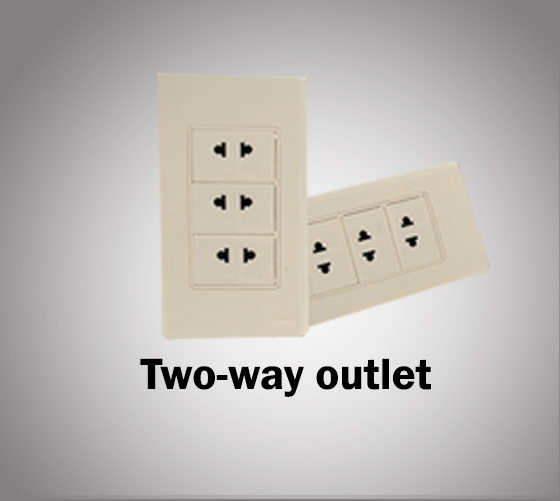
Can be used for: Type A and Type C plugs
While the Philippines does not use Type C plugs, Type C is actually the most widely used international plug. It is commonly known as the Europlug, as it’s used in most countries of Europe. The beauty of this socket outlet type is it’ll accept two types of plugs, so you won’t need an adaptor in case your appliance is from Europe. However, there is no grounding protection, unlike the parallel flat outlet w/ grounding pin
4. Two-way outlet (Round and Parallel) w/ ground
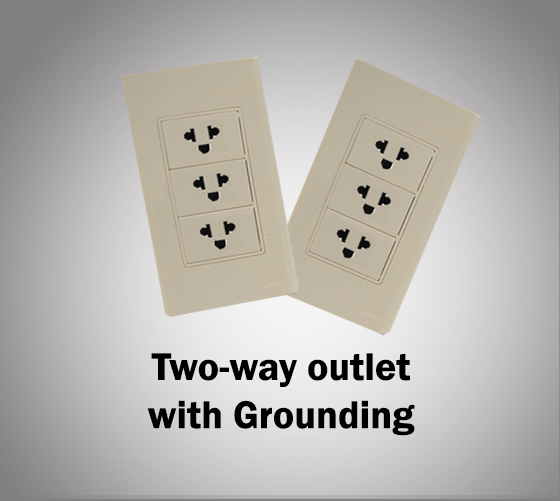
Can be used for: Type A, Type B and Type C plugs
Again, this is very similar to the two-way outlet, except it has an additional third prong that serves as a grounding pin. This provides additional protection by reducing the risk of electrocution and fire due to a device malfunction
5. Universal outlet

Can be used for: Most common plugs (including Type A, B, C, and G)
The beauty of the universal outlet is that it accepts most kinds of plugs in the world, which makes it convenient; plus it has grounding protection. However, the universal outlet can have a less sturdy grip compared to the single-use outlet types since it relies on spring-loaded pins. As such, if your appliances typically use Type A or Type B plugs, it is more advisable to use Parallel outlet pins instead – as these are more durable and will last you longer
And that’s it – we hope you found this quick guide helpful when considering the electrical appliance support devices (e.g., extension cords, transformers) to purchase!
PUBLIC SERVICE WARNING: The wiring receptacles in old housing units may be ungrounded. If this is the case, simply purchasing extension cords/ appliances with a grounding pin will not automatically provide grounding. If you know that your house is ungrounded, you can either (a) upgrade your panel – which is the safest and most expensive option or (b) install a GFCI (ground fault circuit interrupter) outlet – although this won’t protect you from power surges

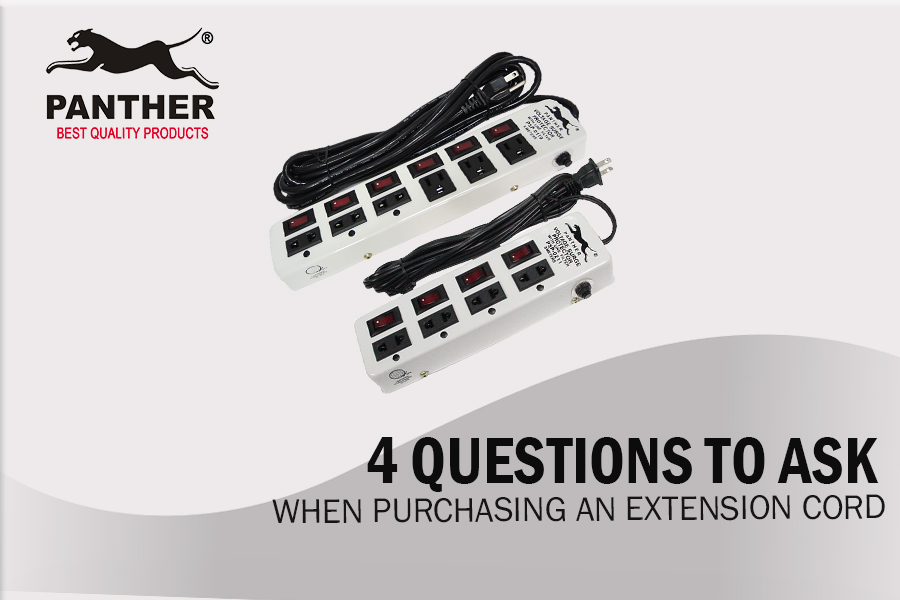

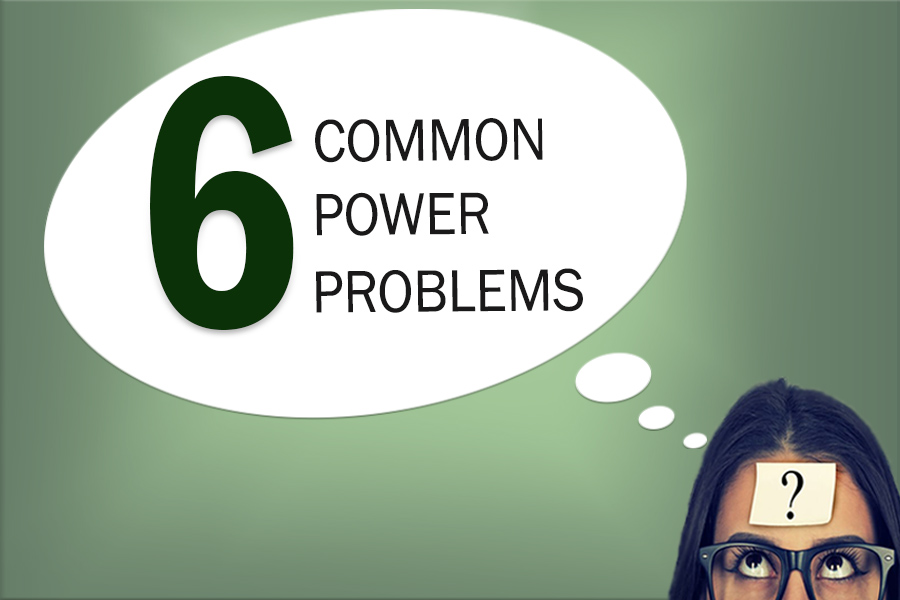
wonderful information.
Thank you for your feedback! We are glad you found this helpful.